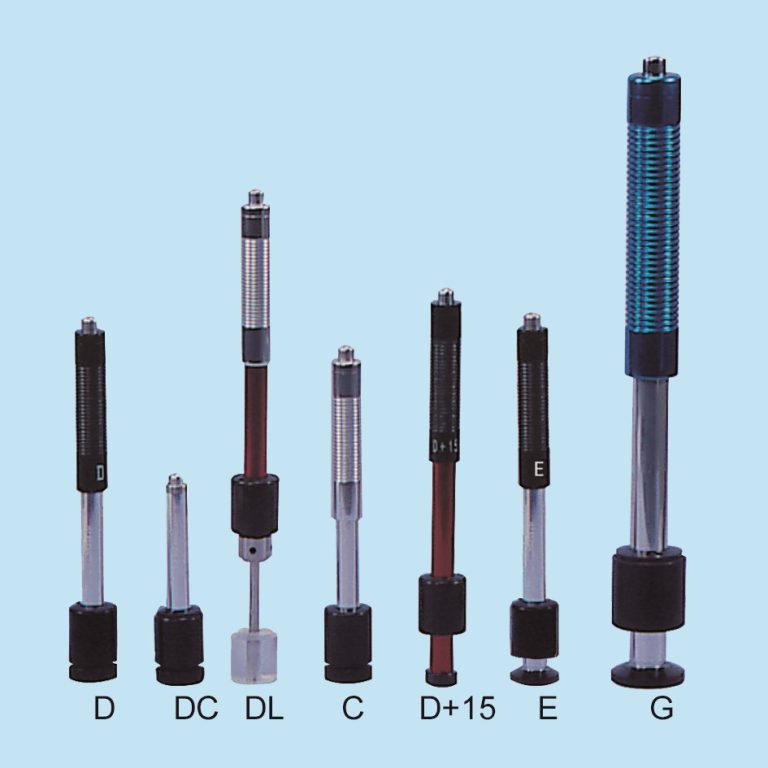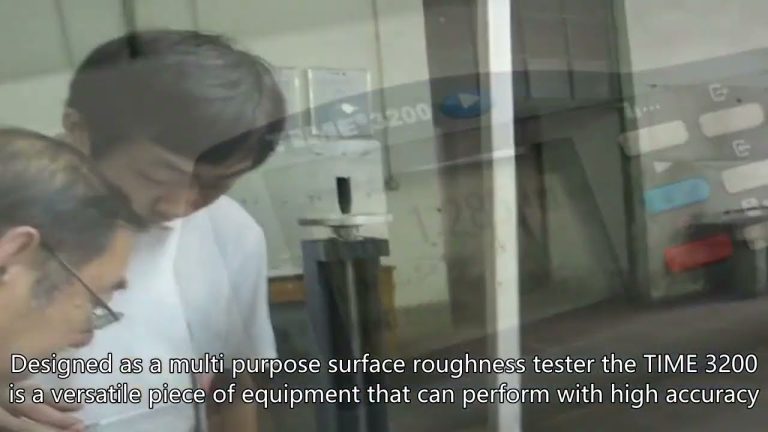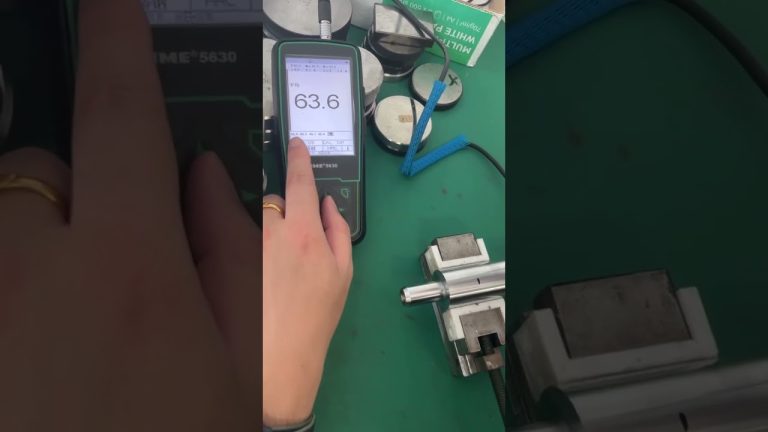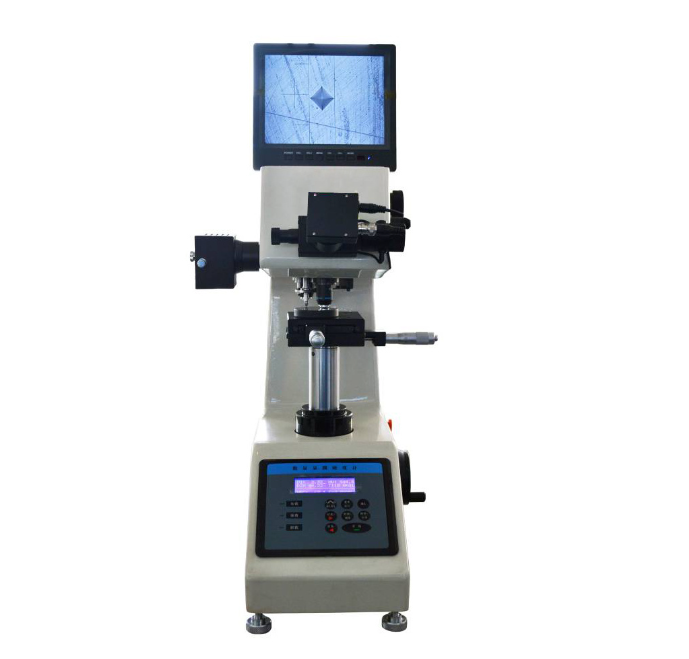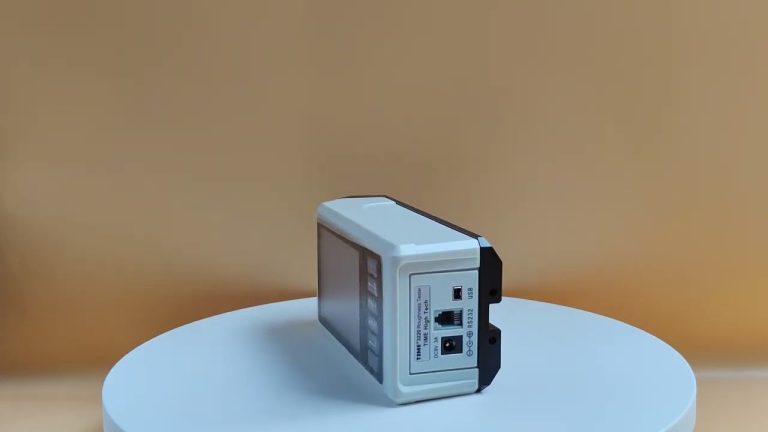If the impact tester is used for too long, some common faults will occur.
Common faults:
- When doing a tensile test, the specimen always breaks on both sides.
- The dial pointer has poor sensitivity, the pendulum position is abnormal, and the pendulum of the impact tester is not aligned with the vertical mark.
- The hammer returns abnormally, sometimes fast and sometimes slow. The passive needle cannot stop at any position well, and does not overlap with the main needle.
- When loading, the oil system leaks seriously or the oil pipe is broken.
- After the specimen breaks, the pendulum falls back quickly, causing impact.
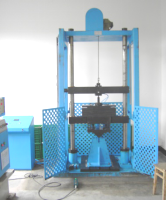
Under normal circumstances, the solution to the failure of the impact tester is:
- The jaws are not placed correctly when clamping, and the jaws should be clamped symmetrically as required.
- The jaws are of poor quality and the teeth are damaged. In addition to affecting the eccentricity of the jaws, it also causes the specimen to slip during the test, making it difficult to identify the yield point. At this time, the jaws should be replaced.
- The lifting guide wheel is not adjusted correctly, so that the upper and lower jaws are not concentric. A test rod should be processed. After the upper and lower jaws are tightened, the two force columns are used as the basis for measurement with a dial indicator until the adjustment is qualified. Replace the oil with appropriate viscosity. Check whether the joints of the oil system are tightened. If the gasket needs to be replaced, it should be replaced in time. If the oil pipe is broken, check whether the joints of the oil system are tightened. If the gasket needs to be replaced, it should be replaced in time. If the oil pipe is broken, then it is necessary to replace the oil pipe with higher strength. In addition, it is necessary to observe whether the oil delivery valve and the overflow valve piston are stuck or installed upside down. Common faults: After the sample breaks, the pendulum falls back quickly, causing impact.

